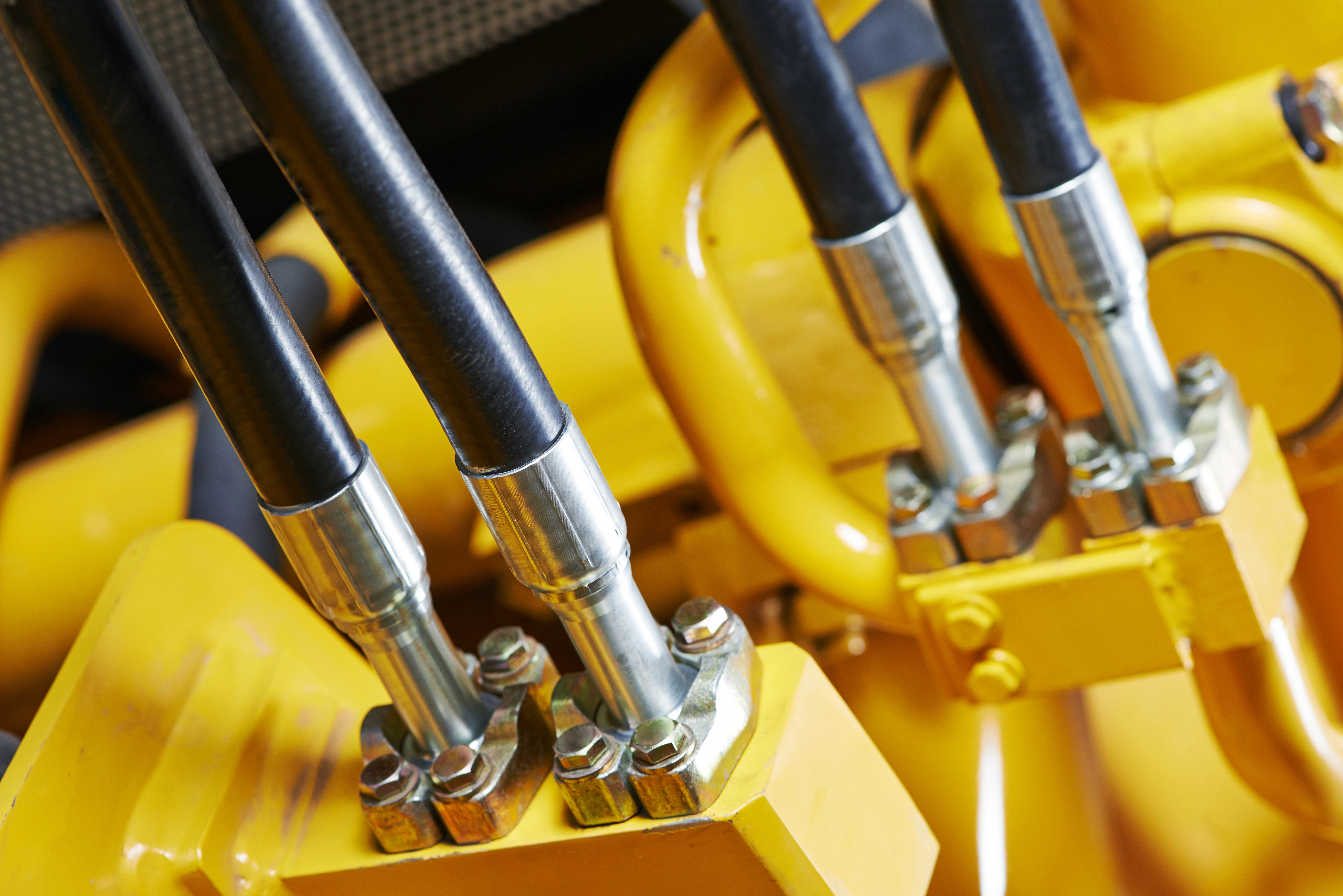In the complex and demanding world of hydraulic systems, especially those operating under high pressure, material selection is crucial. Two commonly used materials are brass and stainless steel, each with its own set of advantages and limitations. While both can be effective in certain applications, their performance under extreme conditions varies significantly. This article explores the key differences between brass and stainless steel in high-pressure hydraulic systems to help you make an informed decision. Choosing the right material for a hydraulic system isn't just about compatibility with fluids or initial cost—it's about ensuring long-term reliability and safety. In high-pressure environments, materials must withstand not only the operational forces but also resist degradation over time. This makes material selection one of the most important steps in designing a durable and efficient hydraulic system. Brass has long been a popular choice in hydraulic systems due to its excellent corrosion resistance and ease of machining. It’s often used in lower to moderate pressure systems where its properties are sufficient. However, when it comes to high-pressure applications, brass begins to show its limitations. Its tensile strength is generally lower than that of stainless steel, which means it may deform or fail under extreme stress. As a result, brass is typically not recommended for systems exceeding 3,000 PSI. Stainless steel, on the other hand, is known for its exceptional strength, durability, and corrosion resistance. These qualities make it a top choice for high-pressure hydraulic systems. With a much higher tensile strength compared to brass, stainless steel can handle extreme conditions without deforming or failing. It’s also highly resistant to various types of corrosion, making it suitable for harsh environments like marine or industrial settings. When comparing brass and stainless steel in high-pressure scenarios, several factors come into play: In industries such as aerospace, marine engineering, and heavy manufacturing, stainless steel is the go-to material for high-pressure systems. For example, deep-sea submersibles and industrial hydraulic cylinders often rely on stainless steel for its ability to perform under extreme conditions. Meanwhile, brass continues to be used in less demanding applications where cost is a primary concern, such as in residential plumbing or light-duty machinery. While brass may seem more affordable upfront, its limited lifespan and potential for failure in high-pressure systems can lead to higher long-term costs. Stainless steel, although initially more expensive, often provides better value over time due to its durability and reduced maintenance needs. The choice ultimately depends on the specific requirements of the application and the budget available. Selecting the right material for a high-pressure hydraulic system requires careful consideration of technical specifications, environmental factors, and cost. While stainless steel is the preferred choice for most high-pressure applications due to its strength and reliability, brass can still be a viable option in moderate-pressure systems where cost is a key factor. Regardless of the material chosen, regular maintenance, proper installation, and adherence to manufacturer guidelines are essential for optimal performance. Understanding the unique demands of your hydraulic system will help ensure that the selected material meets all necessary requirements and delivers long-term reliability. Answer: Brass is generally less expensive upfront than stainless steel. However, its shorter lifespan and higher maintenance needs may result in higher long-term costs, making stainless steel a more cost-effective choice in many high-pressure applications. Answer: Stainless steel is better suited for high-temperature environments. It retains its structural integrity and mechanical properties at elevated temperatures, while brass may soften or degrade under similar conditions. Filter Discs And Packs,Wire Mesh Disc,Ss Strainer Filter,Metal Filter Disc glorybest industry co.,ltd , https://www.hbglorybest.comAn Introduction to Selecting Brass or Stainless Steel in High-Pressure Hydraulics
The Critical Role of Materials in Hydraulics
Brass in High-Pressure Applications: Pros and Limitations
Stainless Steel: The Preferred Choice for High-Pressure?
Comparative Analysis: Brass vs. Stainless Steel under Pressure
Real-World Applications and Case Studies

The Cost-Benefit Equation
Conclusion: Making the Right Choice
Ensuring Optimal Performance
Frequently Asked Questions
How does the cost of brass compare to stainless steel in hydraulic systems?
Is brass or stainless steel better for high-temperature applications in hydraulic systems?